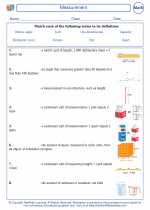Decimals
A decimal is a way of expressing a part of a whole number. It is based on powers of 10, and it is used to represent numbers that are not whole. Decimals are an important concept in mathematics and are used in everyday life for tasks such as money, measurements, and calculations.
Understanding Decimal Notation
Decimal notation is based on the powers of 10. Each place value to the right of the decimal point represents a power of 10, with the first place to the right of the decimal point representing tenths, the second place representing hundredths, the third place representing thousandths, and so on.
For example, in the number 245.78, the digit 7 is in the tenths place, the digit 8 is in the hundredths place, and the digit 5 is in the thousandths place.
Reading and Writing Decimals
When reading a decimal, each digit is read individually. The decimal point is read as "and." For example, the number 3.72 is read as "three and seventy-two hundredths."
When writing a decimal, the digits to the left of the decimal point represent whole numbers, and the digits to the right of the decimal point represent parts of a whole. For example, the decimal 6.25 can be written as the mixed number 6 25/100 or the fraction 625/100.
Comparing and Ordering Decimals
When comparing decimals, start at the left and compare the digits in each place value. If the digits are the same, move to the right until a difference is found. The decimal with the larger digit in the first differing place value is the greater number.
When ordering decimals, line up the decimal points and compare the digits to the left of the decimal point. If those are the same, compare the digits to the right of the decimal point.
Operations with Decimals
When performing operations with decimals, it's important to line up the decimal points. Addition and subtraction should be performed as usual, with the decimal point in the result being placed directly below the decimal points in the numbers being added or subtracted. For multiplication and division, the numbers should be multiplied or divided as if they were whole numbers, and the decimal point should be placed in the result based on the number of decimal places in the original numbers.
Rounding Decimals
Rounding decimals involves identifying the place value to which the decimal should be rounded and then looking at the digit to the right of that place value. If the digit is 5 or greater, the place value is increased by 1, and all digits to the right of the place value are replaced with zeros. If the digit is less than 5, the place value remains the same, and all digits to the right of the place value are replaced with zeros.
Study Guide
- What is a decimal, and how is it based on powers of 10?
- How do you read and write decimals?
- How do you compare and order decimals?
- What are the steps for performing operations with decimals?
- How do you round decimals?
Remember to practice these concepts with various exercises and problems to reinforce your understanding of decimals.
Good luck with your studies!
.◂Math Worksheets and Study Guides Fourth Grade. Measurement
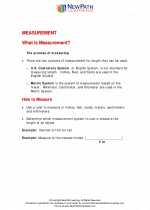
 Activity Lesson
Activity Lesson
 Activity Lesson
Activity Lesson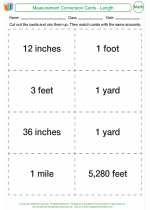
 Activity Lesson
Activity Lesson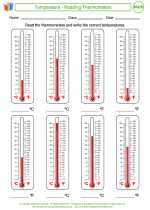
 Worksheet/Answer key
Worksheet/Answer key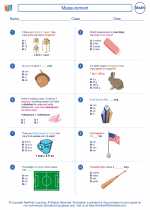
 Worksheet/Answer key
Worksheet/Answer key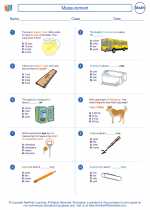
 Worksheet/Answer key
Worksheet/Answer key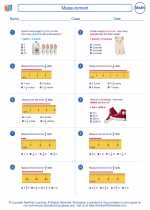
 Worksheet/Answer key
Worksheet/Answer key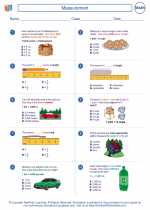
 Worksheet/Answer key
Worksheet/Answer key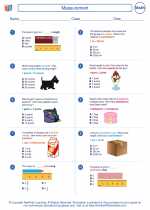
 Worksheet/Answer key
Worksheet/Answer key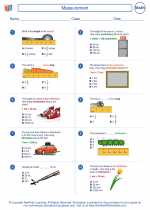
 Worksheet/Answer key
Worksheet/Answer key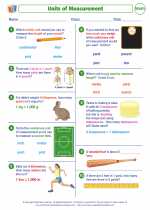
 Worksheet/Answer key
Worksheet/Answer key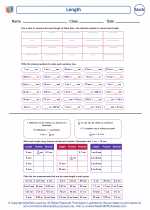
 Worksheet/Answer key
Worksheet/Answer key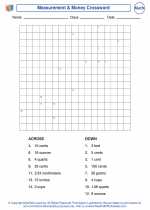
 Worksheet/Answer key
Worksheet/Answer key
 Vocabulary/Answer key
Vocabulary/Answer key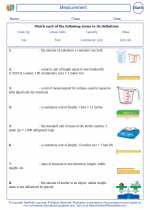
 Vocabulary/Answer key
Vocabulary/Answer key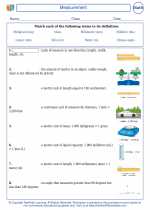
 Vocabulary/Answer key
Vocabulary/Answer key